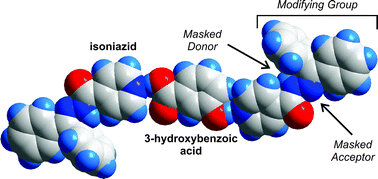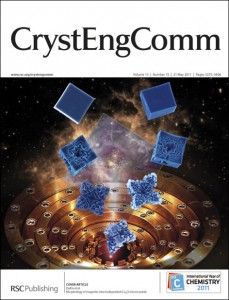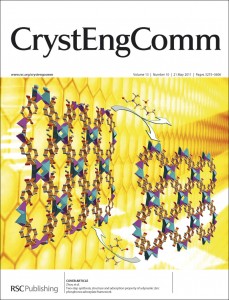
The mineral fresnoite (Ba2TiSi2O8)was discovered in California in 1965, and has become increasingly interesting to chemists because of its luminescence, non-linear optic and ferroelectic properties. In this work the authors examine the understudied films of these minerals, focussing on their growth using pulsed laser deposition, which hasn’t been done before.
Lorenz and coworkers found that the fresnoite films had high photoluminescence intensity, and were able to use a laser to ‘write’ on the films, which induced local crystallisation. They think this will open the door for many applications of their films, including potentially ‘security features against product piracy or individualized branding of products’.
Read the full article for FREE to find out more about writing on the amorphous fresnoite films…
Fresnoite thin films grown by pulsed laser deposition: photoluminescence and laser crystallization
Alexander Müller, Michael Lorenz, Kerstin Brachwitz, Jörg Lenzner, Kai Mittwoch, Wolfgang Skorupa, Marius Grundmann and Thomas Höche
CrystEngComm, 2011, DOI: 10.1039/C1CE05265A











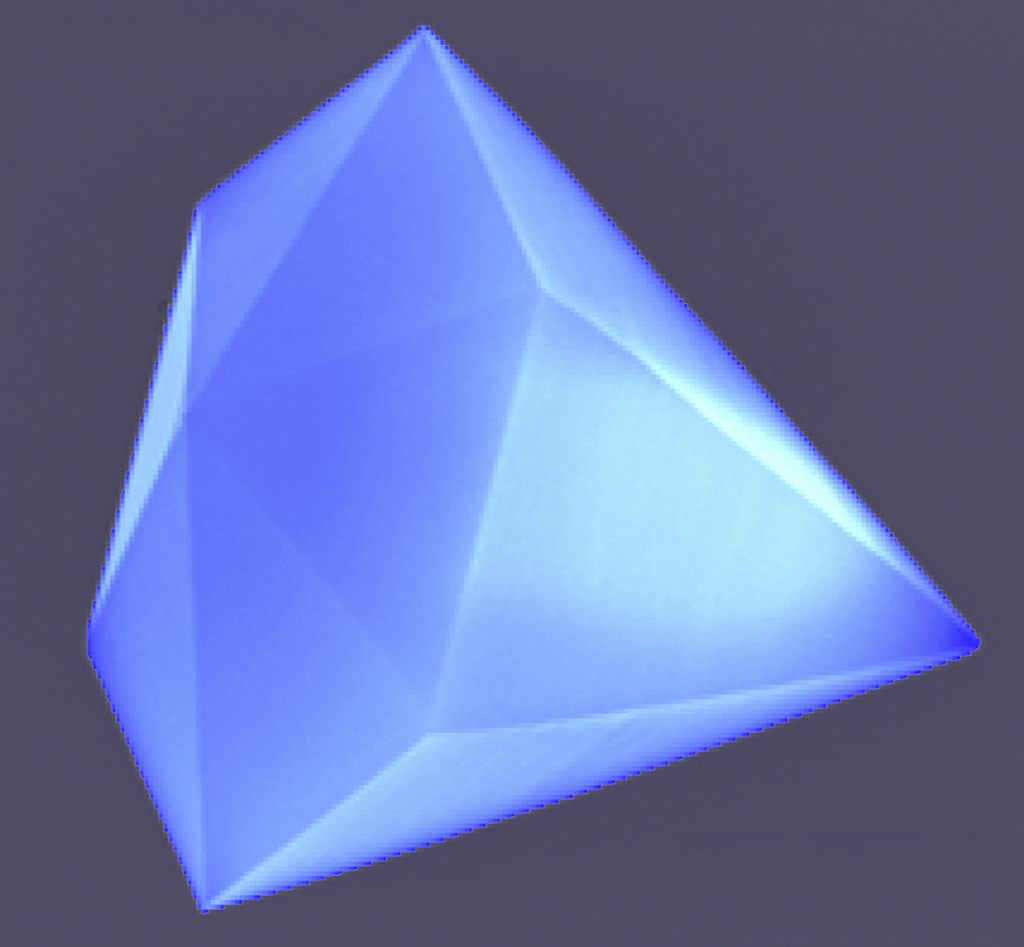
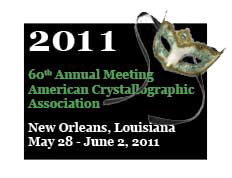
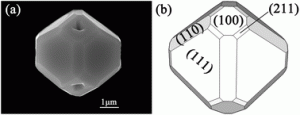
 In this HOT article, the Joester group, show for the first time the synthesis and stabilization of amorphous calcium carbonate (ACC) nanoparticles in phosphatidylcholine liposomes (vesicles). There is exactly one nanoparticle per liposome, and the ACC is stable over time (it does not crystallize for at lease 20 h).
In this HOT article, the Joester group, show for the first time the synthesis and stabilization of amorphous calcium carbonate (ACC) nanoparticles in phosphatidylcholine liposomes (vesicles). There is exactly one nanoparticle per liposome, and the ACC is stable over time (it does not crystallize for at lease 20 h). MOF have been much studied due to their potential applications from their excellent physical and chemical properties, however, many are unlikely to realize their potential due to the expense of the starting materials and/or complexity of the synthesis involved. In this HOT article, Day and co-workers have formed stable cucurbit[5]uril MOF structures as ‘beaded’ rings built on a p-hydroxybenzoic acid template prepared readily by self-assembly as a supramolecular structure that remarkably can be recrystallised from water to form the same stoichiometry and structure as occurs under the initial crystallisation conditions. Accessible channels have clearly been demonstrated for a group of polar volatile organic molecules with significant absorption selectivity for at least three examples.
MOF have been much studied due to their potential applications from their excellent physical and chemical properties, however, many are unlikely to realize their potential due to the expense of the starting materials and/or complexity of the synthesis involved. In this HOT article, Day and co-workers have formed stable cucurbit[5]uril MOF structures as ‘beaded’ rings built on a p-hydroxybenzoic acid template prepared readily by self-assembly as a supramolecular structure that remarkably can be recrystallised from water to form the same stoichiometry and structure as occurs under the initial crystallisation conditions. Accessible channels have clearly been demonstrated for a group of polar volatile organic molecules with significant absorption selectivity for at least three examples.